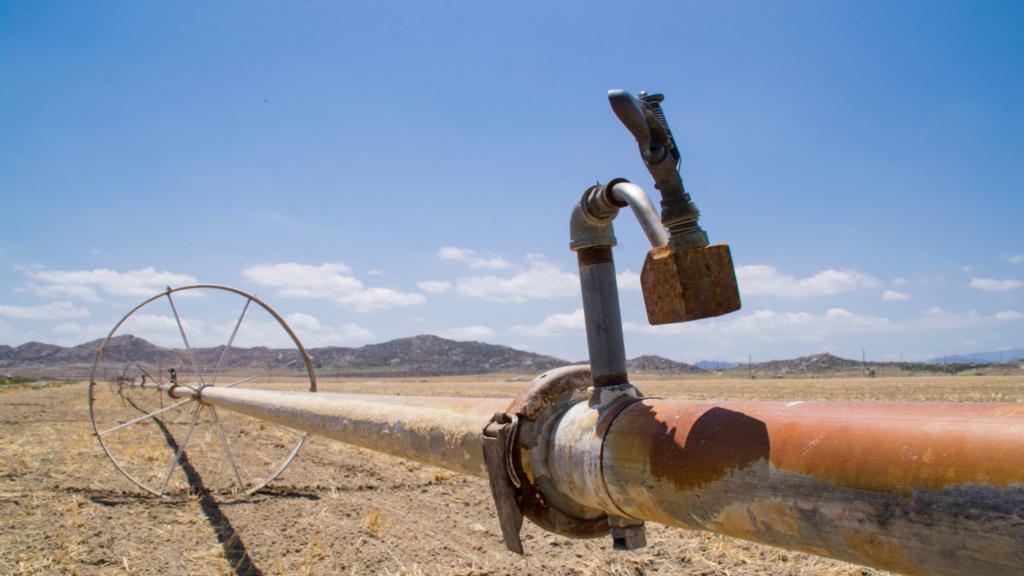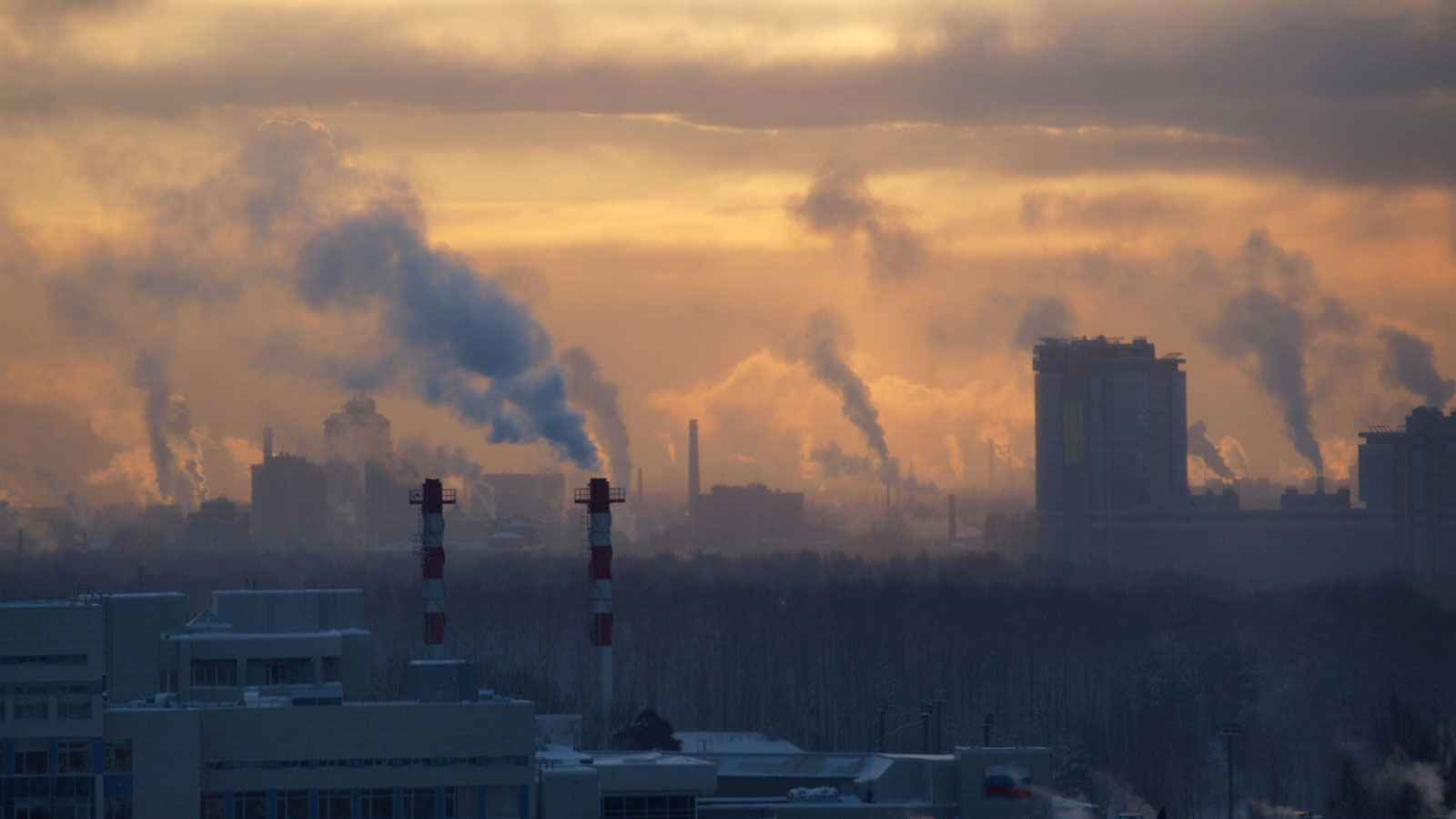Over the coming year, President Obama will either repeat or undo one of his greatest insults to the environmental community — and to the nation’s air quality.
On Friday, the EPA reaffirmed its longstanding scientific finding that current rules allow too much ozone (a.k.a. smog) in the air and do not adequately protect human health. EPA staff issued a 600-page policy assessment echoing the findings released in June by its advisory panel of outside scientists: The current standard of 75 parts per billion (ppb) of ozone in the air does not protect the health of children, asthmatics, and the elderly. Instead, they say a safe level would be between 60 and 70 ppb, and the lower it is on that spectrum, the more asthma attacks will be averted and lives saved. A 60 ppb standard would prevent up to 12,000 premature deaths, 21,000 hospitalizations, and the loss of 2.5 million work and school days a year, the EPA says.
The move sets up EPA Administrator Gina McCarthy to potentially propose a stricter smog standard this fall. That, in turn, would usher in a period of intense lobbying on both sides of the issue. When that’s done, Obama will have the final say.
The last time this issue landed on the president’s desk, he disappointed enviros and public health advocates. In 2011, after accumulating years of scientific data, the EPA proposed a stricter smog standard, and the White House proceeded to overrule the agency.
Under the Clean Air Act, the EPA must review the standards for pollutants such as ozone every five years. First, a committee of outside scientific experts reviews the data and makes a recommendation. Then EPA staff review those findings and issue their own recommendation.
In 2008, when the ozone standard was 84 ppb, the scientists both inside and outside of the agency found that it should be lowered to between 60 and 70 ppb. George W. Bush’s EPA administrator, Stephen Johnson, overruled them and issued the seemingly arbitrary standard of 75 ppb. This provoked the Clean Air Scientific Advisory Committee to take the unusual step of sending a letter publicly contradicting Johnson. Environmental groups sued, arguing that the standard was not compliant with the Clean Air Act.
When President Obama took office the next year, environmentalists hoped his EPA administrator, then Lisa Jackson, would revise the standard. And she did decide to reconsider the standard instead of defending the status quo in court, on the grounds that the Bush standard was “not legally defensible given the scientific evidence.” But in 2011, when she tried to move forward with a stricter rule, the White House yanked the rug out from under her feet. Reports at the time suggested this decision was largely the work of White House Chief of Staff Bill Daley, a pro-business centrist and former banker and lobbyist. The business lobby, most notably the National Association of Manufacturers (NAM), argued that reducing the allowable smog levels would force coal plants to close, raise energy prices, and slow the economic recovery. Obama, facing reelection, apparently either bought that line of reasoning or was afraid to have a fight over the issue.
“The official reason was that reviews are conducted every five years and Bush had done it in 2008,” says John Walke, director of the climate and clean air program at the Natural Resources Defense Council. “The real reason was the need to get the president reelected.”
The courts declined to force EPA to lower the smog standard. But, under a court order, the EPA is now obligated to review the standard again this year and propose a new standard by Dec. 1. The final rule must be adopted by the EPA administrator by Oct. 1, 2015. But it could be set at 75 ppb again.
In between the proposal and the rule’s adoption will be a public comment period. That’s when environmental and public health groups will advocate for a stricter limit, and some big business lobbies will oppose it.
The former will pursue what John Coequyt, Sierra Club’s chief lobbyist in D.C., calls “the standard inside-outside strategy.” The greens and public health advocates will meet privately with administration officials to argue their case, and at the same time will organize a campaign to get citizens to submit comments calling for a strong rule. The American Lung Association and organizations of health professionals like the American Academy of Pediatrics will submit expert testimony.
Environmental movement insiders are optimistic that this time will turn out differently, partly because of the blowback Obama received last time. “I don’t believe the president will do what he did in 2011,” says Walke, citing three reasons: Obama is not up for reelection, the science only continues to get stronger, and “the president took a lot of heat from progressives and donors” in 2011.
“The political dynamics are going to be different,” says Walke. Still, he admits it remains an open question whether the White House will let EPA set the most stringent standard under consideration, which is 60 ppb.
The precedent set by EPA’s recently proposed regulations on carbon emissions from coal-fired power plants give environmentalists more ammunition, and reasons for optimism, in making the case for stronger smog rules. The administration has embraced aggressive action by the EPA. And one of the arguments the EPA and the White House are making on behalf of the carbon rules is that they will save lives by reducing the prevalence of smog and particulate pollution. (Less coal burning will mean not just less carbon but less of other pollutants, including ozone. And, since warmer weather contributes to ozone formation, curbing global warming could help decrease ozone pollution.)
Internal White House politics may be different this time around: Daley and other cautious moderates like his predecessors Rahm Emanuel and Pete Rouse are out. “Some staffing changes in the White House will make a difference, particularly John Podesta’s leadership,” says Coequyt, referring to Obama’s climate advisor. Coequyt also argues that the smog-reduction case for the proposed coal-plant regulations will be undermined if the administration is not also doing everything it can to reduce smog directly.
Adopting a stringent smog-reduction rule might have its own climate benefits. The sources of smog — tailpipes, factories, power plants — are the same as the sources of carbon. No one has calculated how much CO2 such a rule might save, though, in part because it would depend on how each state chooses to comply with the new standard.
NAM issued a statement Friday attacking the EPA’s report and arguing that a lower limit on smog would lead to massive coal-plant retirements. A report released by NAM in July predicted devastating impacts if EPA adopts the lowest proposed limit of 60 ppb for ozone: a drop of $270 billion per year in U.S. GDP by 2017 and $1,570 per year of lost consumption for the average U.S. household.
Academic experts have called the NAM report “fraudulent” and “insane” for the way it extrapolates wildly high cost estimates and posits high numbers of sneakily worded “job equivalent” losses that sound like, but aren’t, actual job losses. Environmentalists also scoff at NAM’s projections, noting that the standard could be set higher than 60 ppb and that business always overestimates the cost of environmental regulations. Ironically, though coal-plant shutdowns would be awesome for the environment, environmentalists disagree that a strict ozone standard would trigger them, arguing that deploying emissions-control technology could actually reduce the need for coal plant retirements.
Republicans have, of course, embraced the NAM report. Sen. David Vitter (R-La.) used it to claim that a stronger smog regulation would “throw our country’s economy into a black hole.” Republicans will surely come out swinging as soon as EPA proposes a stricter smog limit, if not even sooner.
The question is whether Obama will still buy industry’s arguments or fear its power.



